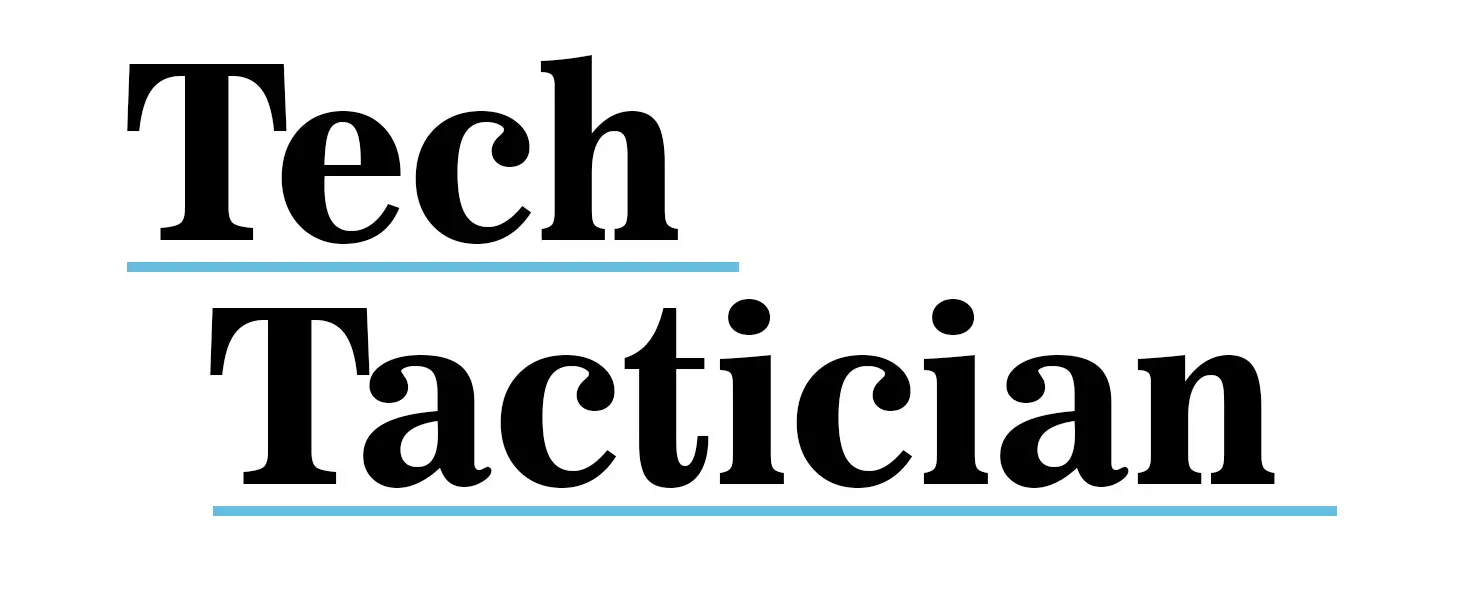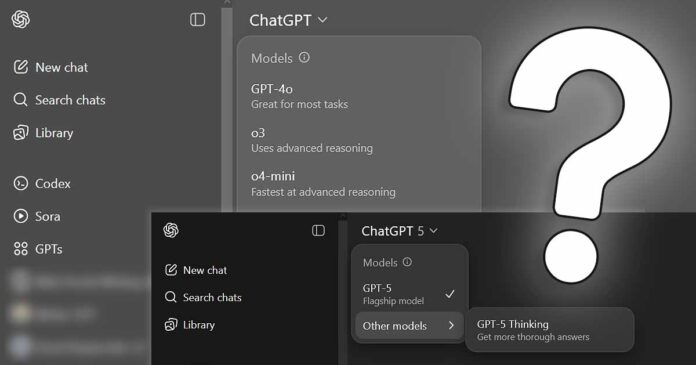On August 7, 2025, OpenAI began rolling out its new GPT-5 model. I decided to quickly compile the most important things you should know following the impending deprecation of GPT-4o, o3, and all related models. Here is what the situation looks like.
Update: GPT-4o, o3, 4.1, and o4 Are Now Accessible to Plus Users Again!

To get GPT-4o back in your ChatGPT web interface, get to the settings menu and select the “Show additional models” option as shown in the image above.

Once you’ve done that, GPT-4o should become visible in the model selection drop-down menu under “Legacy models”.
Why Are The GPT-4o, o3, and o4-mini Missing?
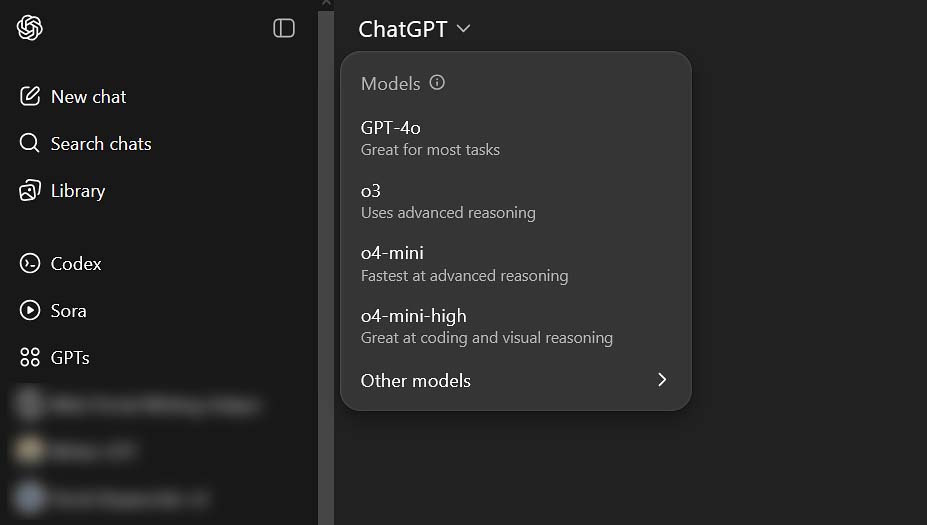
Are the GPT-4o, o3 and o4-mini models gone for good? The models which were briefly inaccessible from the main ChatGPT interface after the rollout of GPT-5 are still available via the API and as “legacy models” after enabling the “show additional models” option in the ChatGPT settings menu. For now, we don’t know for how much longer they will be supported.
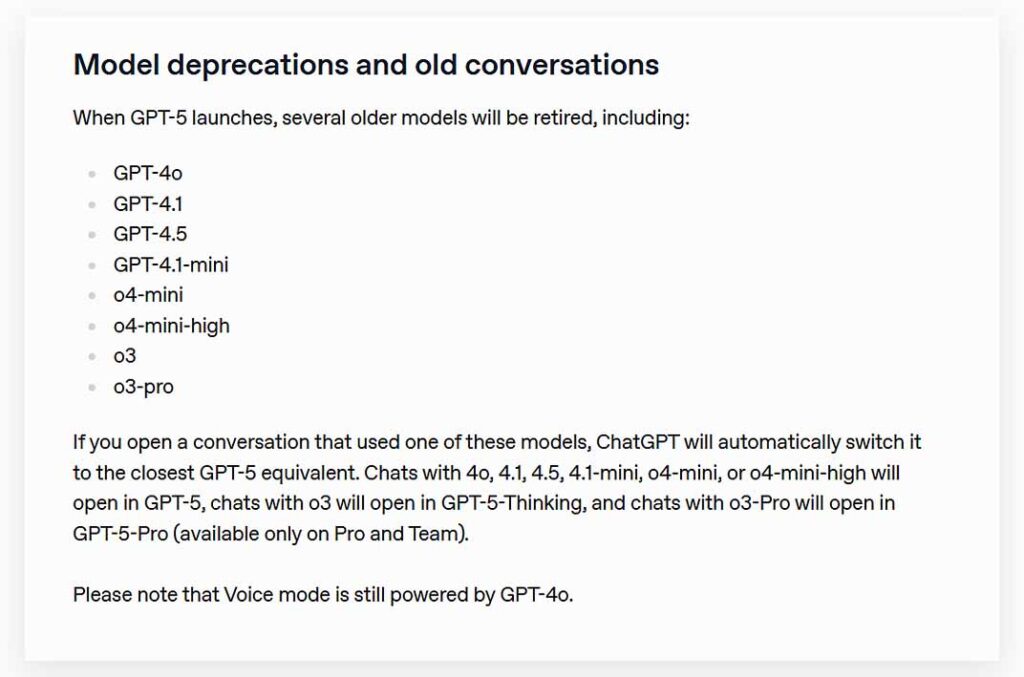
As you can see on the snippet above taken from the ChatGPT release notes, it’s confirmed that the GPT-4o and o3 models have officially reached the end of their lifecycle. All of your saved conversations in the ChatGPT web interface will be automatically switched to the new GPT-5 model versions, according to the conversation’s contents.
GPT-5 is considered a general improvement on all of the models existing to this day, and thus is meant to replace them in the days following launch. If you want to know more about the new features, availability, and usage limits of OpenAI’s new flagship LLM, you can check out the official OpenAI launch article for GPT-5, or this rather detailed post by Simon Willison who goes more in-depth on the model characteristics, capabilities and the API pricing.
In summary, as an end goal GPT-5, along with its reasoning variants, will be the only models available on the ChatGPT website in the future.
Pro and Team tier users have access to GPT-5 Thinking Pro, which is an extended version of the base GPT-5 Thinking model. Pro and Enterprise plan users will also have access to some of the older models, but still only for a limited time.
Only The GPT-5 and GPT-5 Fast and Thinking Will Remain

From now on, based on the latest ChatGPT release notes, the only models available through the ChatGPT web interface will be the GPT-5 alongside its Fast, and Thinking variants. You can enable access to the legacy models from the ChatGPT settings menu.
“GPT-5 in ChatGPT is our next flagship model and the new default for all logged-in users. It simplifies ChatGPT to a single auto-switching system that brings together the best of our previous models into a smart, fast model.”
https://help.openai.com/en/articles/6825453-chatgpt-release-notes
The switch from the base model to its “thinking”, “thinking mini”, or “fast” versions is supposed to happen automatically once it’s needed and the “Auto” mode is active, but it can also be triggered by explicitly selecting the GPT-5 Thinking model from the models list.
What if the GPT-5 Model Isn’t Available For You Yet?
GPT-5 is being rolled out to different groups of users in stages. Regardless of whether you have a ChatGPT Free or Plus/Pro subscription, the model availability during the first days after launch will most likely depend on your region and user group.
While you’re waiting, you can go ahead and watch the GPT-5 launch livestream published on the OpenAI YouTube channel. There is a lot to unpack there.
What About The API Access?
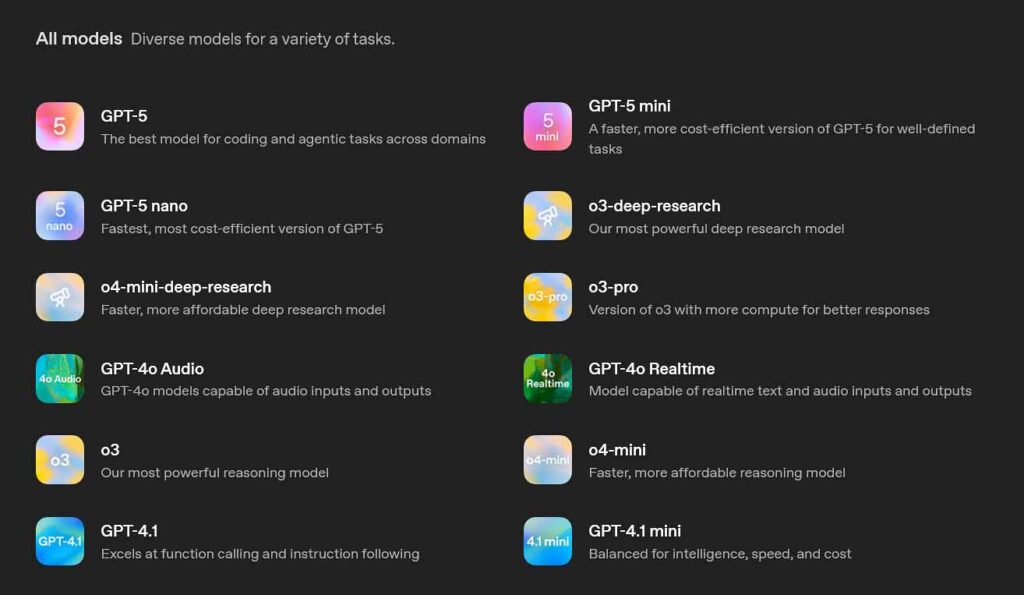
As of now, the new models available via the API are the GPT-5, GPT-5 Mini, and the GPT-5 Nano. Each one is smaller than the previous, has a lower price per token for both input and output, and can be accessed by all accounts with API access.
While the o3, o4-mini, and a few other legacy models are still on the list of the models available via the OpenAI API, it’s reasonable to suspect that their deprecation will come sometime in the future.
Going forward, it’s reasonable to expect all of the previous-gen models to approach deprecation, although with a little bit of luck it may not happen in the next few upcoming months. To be one of the first people to know when the API access to the legacy models is cut off, check the official OpenAI models and features deprecations history page here.
For now, that is all that we know!
Check out also: Best GPUs For Local LLMs This Year (My Top Picks – Updated)
